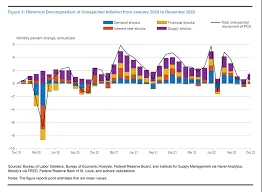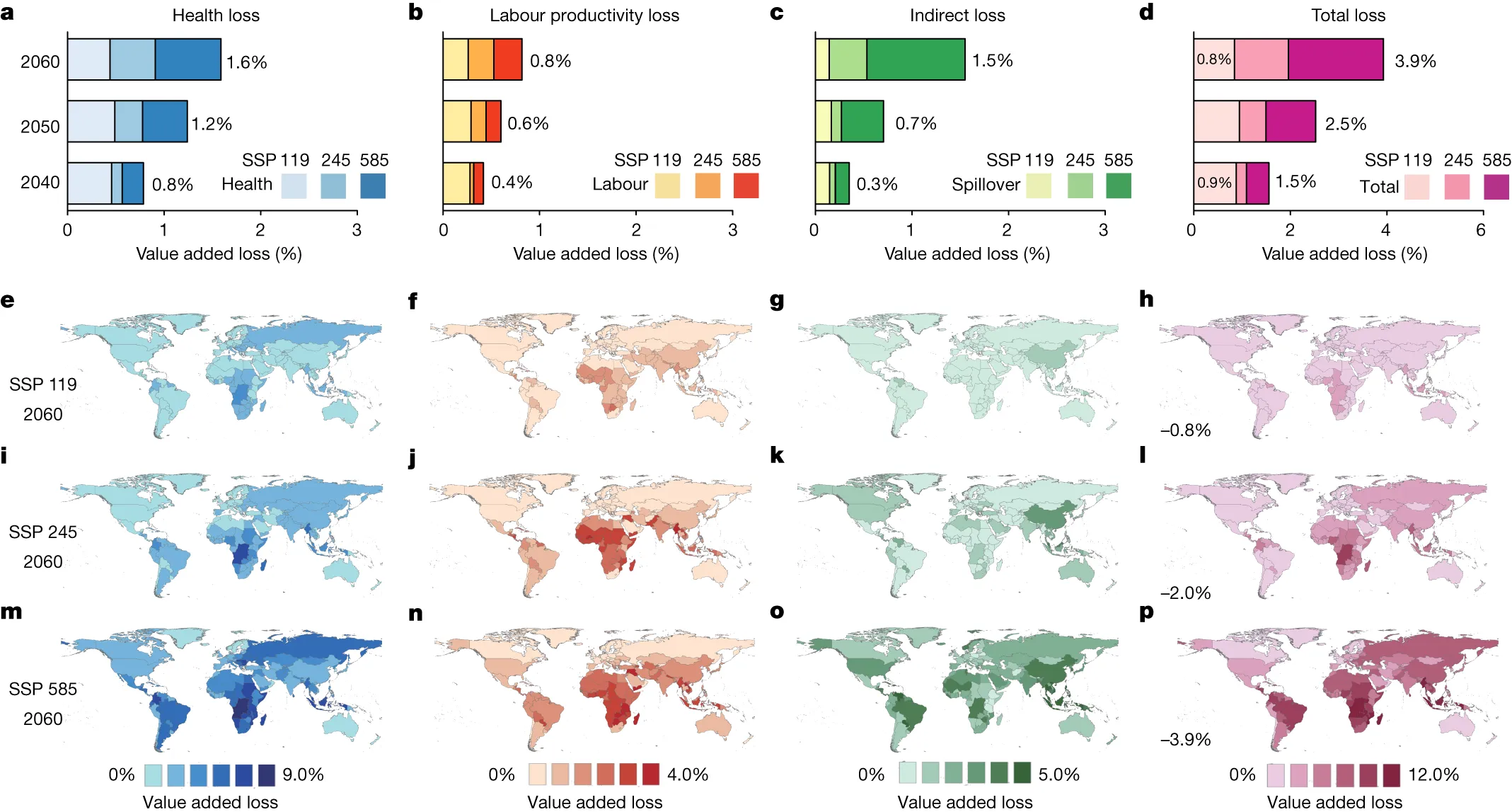In recent years, the intensifying impact of climate change has evolved from a distant threat into an urgent crisis. Increasingly unpredictable weather patterns, record-breaking natural disasters, and rising sea levels have begun to cause significant disruptions across global supply chains. These climate-driven disruptions are not only affecting international trade but also shaking the foundation of the U.S. economy.
The Growing Impact of Climate Change on Supply Chains
Climate change has introduced volatility into once-stable logistics systems. From catastrophic floods to droughts, wildfires, hurricanes, and extreme heat, climate events are halting the movement of goods at critical global chokepoints.
- Ports: Rising sea levels and more frequent storms are inundating ports in regions such as Southeast Asia, the Gulf of Mexico, and parts of Europe, delaying cargo shipments and damaging infrastructure.
- Rail & Road Transport: Wildfires in Canada and the western U.S. have shut down freight railways. Floods and landslides in California and the Midwest have impacted long-haul trucking routes.
- Agriculture: Droughts in key agricultural areas like California’s Central Valley and the Midwest Corn Belt reduce crop yields and increase food prices worldwide.
Each of these disruptions sends shockwaves across global supply chains, raising production costs, delaying deliveries, and affecting consumer pricing.
How Climate Disruption Affects the U.S. Economy
The United States, one of the world’s largest importers and exporters, is highly dependent on the smooth functioning of global supply chains. When these systems break down due to climate events, the economic consequences are profound:
1. Rising Costs and Inflation
Price increases and shortages result from disruptions in raw supplies and transportation. From electronics to groceries, consumers are facing steeper prices, further fueling inflation. The U.S. Federal Reserve has noted that climate-related supply shocks could be a contributing factor to persistent inflationary trends.
2. Manufacturing Setbacks
Many U.S.-based manufacturers rely on just-in-time inventory systems, which are highly vulnerable to delays. When essential components from Asia or Latin America are delayed due to floods or typhoons, production lines come to a halt. Auto manufacturers, for instance, have experienced severe production bottlenecks due to both pandemic and climate-related logistics issues.
3. Agricultural Uncertainty
Climate change has created unpredictability in American farming. From droughts in California to unseasonal frosts in the Southeast, crop yields are under constant threat. This volatility affects everything from domestic food prices to agricultural exports, creating instability in rural economies and food supply chains.
4. Labor Displacement
When hurricanes or floods strike industrial areas or farmland, jobs are lost — either temporarily or permanently. Workers displaced by natural disasters often face long-term unemployment or are forced to migrate to other regions, contributing to labor shortages in already struggling sectors.
5. Insurance and Financial Risk
Particularly in coastal and wildfire-prone locations, insurance companies are increasing rates or leaving high-risk areas completely. This increases operating costs for businesses and reduces investment incentives. Financial markets are beginning to price in climate risk, affecting real estate, energy, and infrastructure sectors.

Case Studies: Real-World Supply Chain Disruption
Texas Winter Storm 2021
The deep freeze in Texas in February 2021 paralyzed a major hub of the U.S. energy and chemical manufacturing sector. Petrochemical plants shut down, creating global shortages in plastics and automotive components.
Panama Canal Drought 2023
Due to prolonged drought, the Panama Canal Authority had to limit the number and weight of ships passing through. As a result, vessels faced weeks-long backlogs, delaying cargo shipments from Asia to the U.S. East Coast.
Flooding in Germany and Belgium
In 2021, extreme flooding in Europe disrupted critical auto parts manufacturing, causing a ripple effect for U.S. carmakers relying on these components.
These examples illustrate how climate chaos is no longer a future threat—it is a current and growing economic challenge.
Businesses Adapt or Fall Behind
Forward-thinking companies are beginning to factor in climate risk into their supply chain planning. Strategies include:
- Diversifying suppliers across regions to reduce reliance on climate-vulnerable areas.
- Relocating warehouses and manufacturing to areas with lower climate risk.
- Investing in climate-resilient infrastructure and logistics systems.
Governments, too, are responding. The Biden administration’s National Climate Task Force and infrastructure investment plans aim to enhance climate-resilient transportation, ports, and energy grids. However, the scale of the challenge requires both rapid implementation and long-term commitment.
The Future Outlook: Risks and Opportunities
As the frequency and intensity of climate events increase, businesses and governments must transition from reactive to proactive strategies. Companies that adapt can gain a competitive edge through sustainable operations, stronger logistics networks, and consumer trust.
Meanwhile, emerging sectors such as climate risk consulting, sustainable shipping, and renewable logistics are poised to grow rapidly. Technology providers offering tools to manage climate uncertainty will play a critical role in future-proofing supply chains.
But without coordinated global action on climate change mitigation and adaptation, these disruptions will only intensify, with even greater consequences for the U.S. economy.
FAQs
1. How does climate change disrupt supply chains?
Climate change causes extreme weather events such as floods, hurricanes, droughts, and wildfires that delay shipments, damage infrastructure, disrupt manufacturing, and reduce the availability of raw materials.
2. Why is the U.S. economy especially vulnerable to supply chain disruptions?
The U.S. depends heavily on global trade for goods and materials. When international supply routes are disrupted, it impacts domestic production, prices, employment, and even food security.
3. What industries are most affected by climate-driven supply chain issues?
Industries most affected include agriculture, automotive, electronics, construction, energy, and retail — all of which rely on complex global supply networks.
4. Are businesses doing anything to mitigate these risks?
Yes. Many companies are diversifying suppliers, investing in climate-resilient infrastructure, improving supply chain visibility, and using advanced technologies like AI for predictive logistics.
5. Can government policy help reduce economic risks from climate change?
Yes. Infrastructure investment, regulatory incentives, support for green energy, and national adaptation strategies can enhance economic resilience to climate change.
6. What can consumers expect moving forward?
Consumers may face more frequent price spikes, product shortages, and delivery delays. However, increased awareness could push companies toward sustainable practices and more resilient supply models.
7. Is this trend reversible?
While some impacts are locked in due to past emissions, reducing global carbon emissions, investing in resilient infrastructure, and adapting business models can significantly reduce future economic and supply chain risks.
Conclusion
Climate chaos is no longer a background concern—it’s a front-line disruptor of the global economy. The United States, like many other nations, must adapt rapidly or risk long-term instability. The resilience of supply chains and the broader economy will depend on how quickly businesses and governments respond to this escalating crisis.







